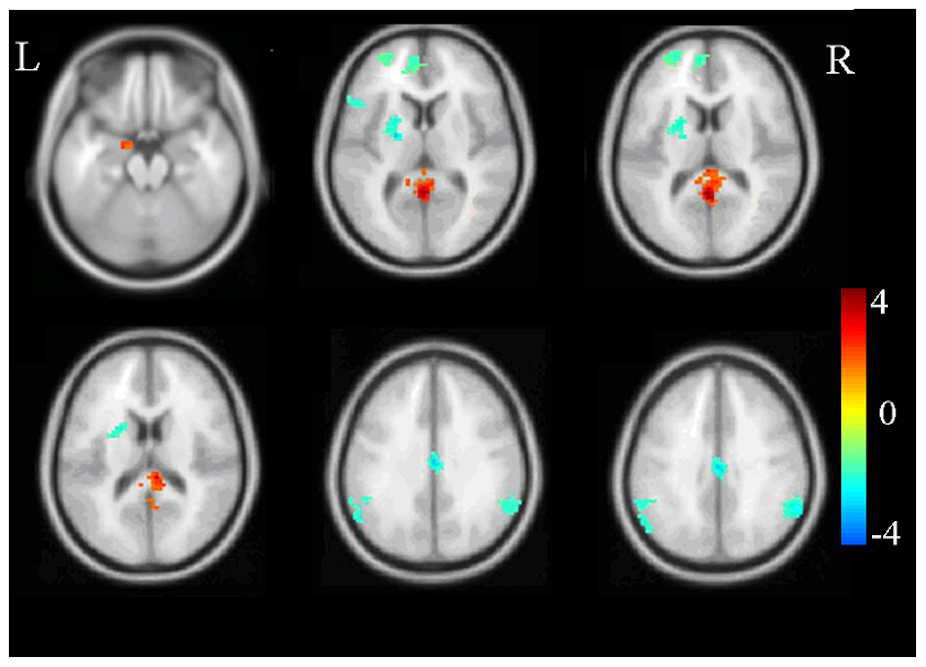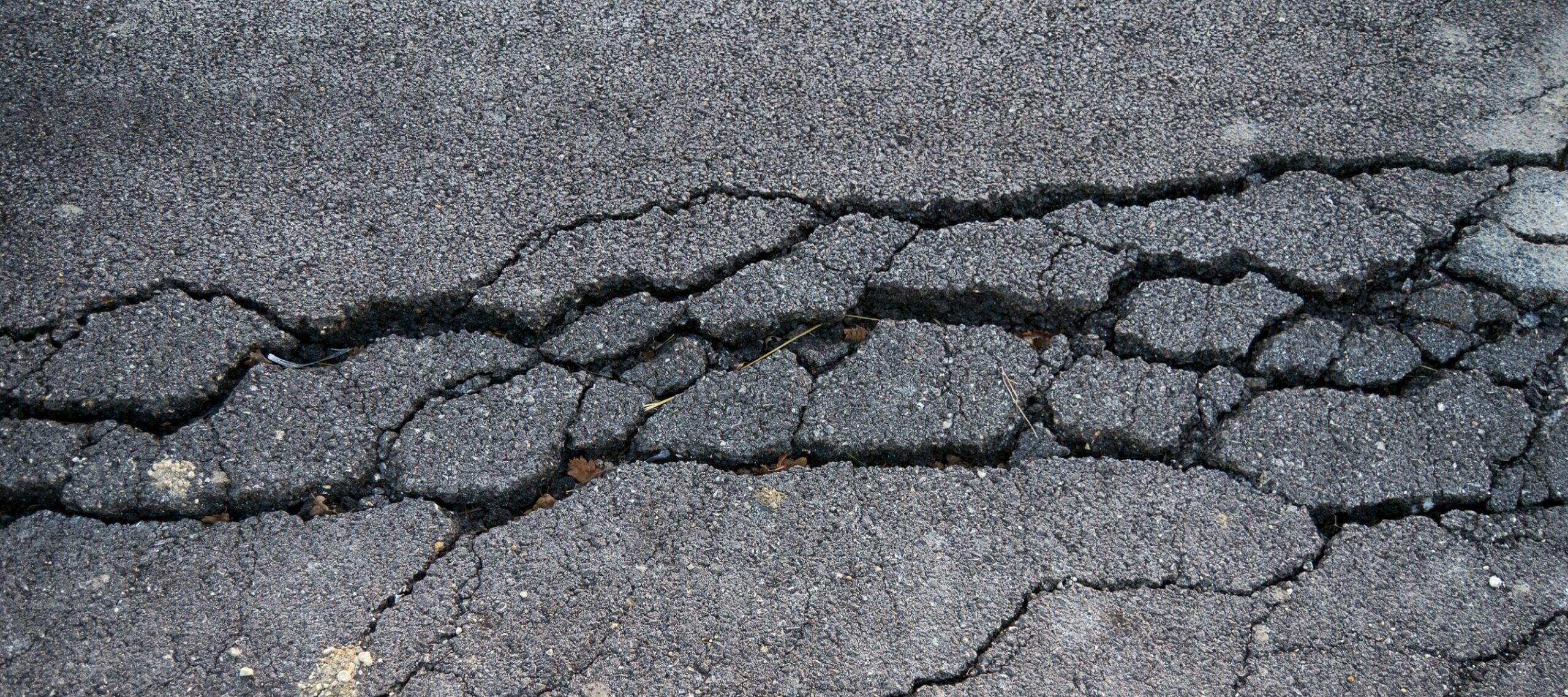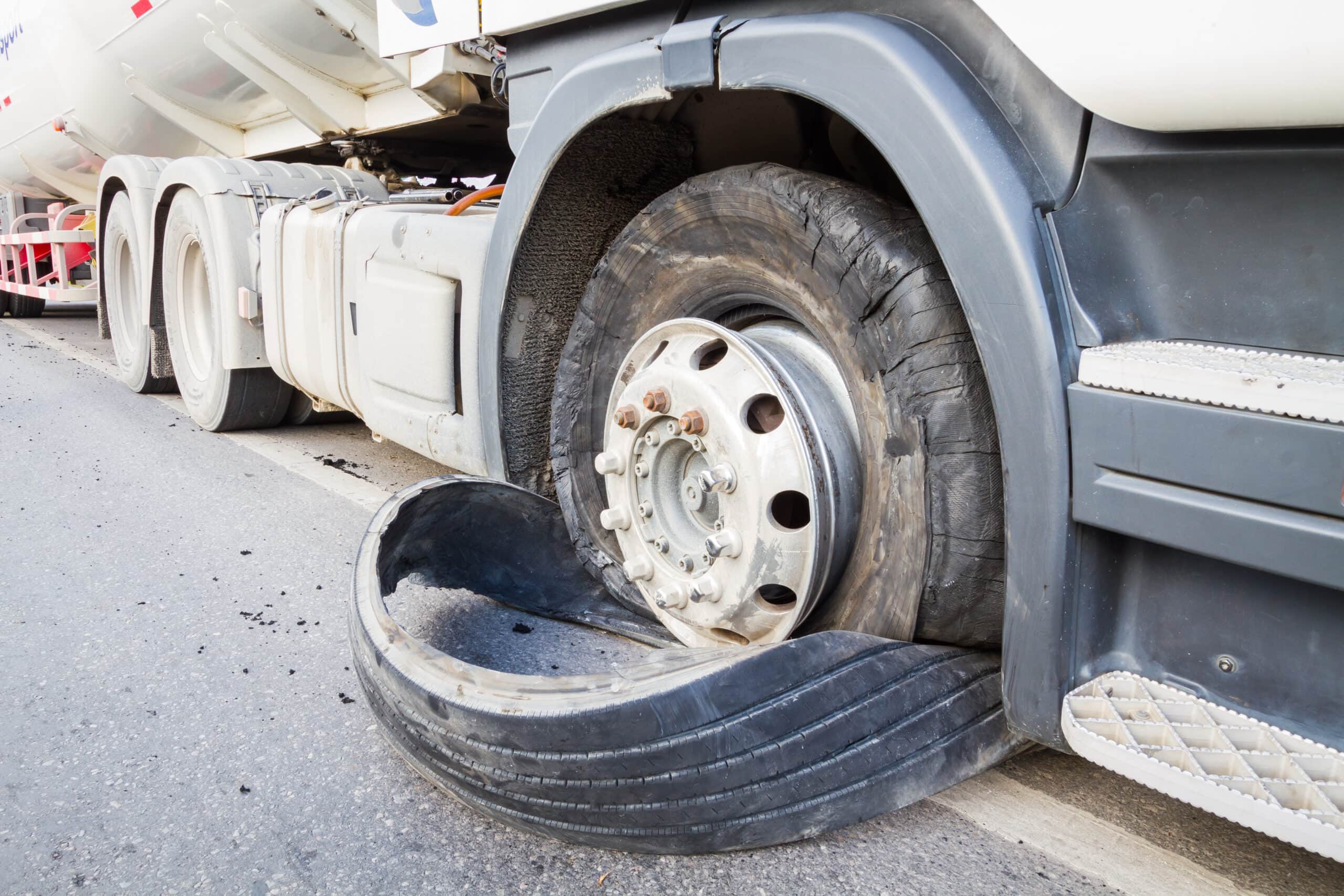In 2022, Sparks, Nevada reported a 15% increase in car accidents compared to the previous year. This statistic hit close to home for me. Last summer, I witnessed a multi-car pileup on Pyramid Way. The scene was chaotic, with twisted metal and shattered glass strewn across the road. As I helped direct traffic around the accident, I couldn’t help but wonder about the long-lasting effects on those involved. This experience sparked my curiosity about the multifaceted nature of car accidents in our city.

Source: kolotv.com
Table of Contents
- The Psychological Impact of Sparks Car Accidents
- Environmental Factors Unique to Sparks Car Accidents
- The Role of Advanced Vehicle Technologies in Sparks Accidents
- Legal and Insurance Innovations in Sparks Car Accident Cases
The Psychological Impact of Sparks Car Accidents
Car accidents often leave invisible scars that can be just as debilitating as physical injuries. The psychological aftermath of a Sparks car accident can be profound and long-lasting. From anxiety and depression to more severe conditions like Post-Traumatic Stress Disorder (PTSD), the mental health implications for survivors are significant. Understanding these psychological impacts is crucial for comprehensive recovery and support.
According to city-data.com, in 2021, there were 14 persons involved in fatal accidents in Sparks, Nevada, highlighting the potential for traumatic experiences on local roads. This statistic underscores the importance of addressing not just the physical, but also the mental health consequences of these incidents.
Post-Traumatic Stress Disorder (PTSD) in Accident Survivors
PTSD is a serious condition that can develop after experiencing or witnessing a traumatic event, such as a car accident. Symptoms may include flashbacks, nightmares, severe anxiety, and uncontrollable thoughts about the event. For Sparks car accident survivors, PTSD can significantly impact daily life, relationships, and overall well-being. Early recognition and intervention are key to managing PTSD effectively.
I’ve seen firsthand how PTSD can affect accident survivors in our community. It’s not uncommon for individuals to struggle with seemingly simple tasks like getting behind the wheel or even being a passenger in a car. The fear and anxiety can be paralyzing, often requiring professional help to overcome.

Source: theconversation.com
Flashbacks and Intrusive Thoughts
Flashbacks and intrusive thoughts are hallmark symptoms of PTSD following a car accident. These vivid, unwanted memories can feel as if the traumatic event is happening all over again. For Sparks residents who’ve experienced a car accident, these symptoms can be particularly distressing, especially when triggered by everyday activities like driving or being a passenger in a vehicle.
Sarah, a Sparks resident, experienced severe flashbacks after her accident on Pyramid Way. She would suddenly feel as if she was back in her car, hearing the screeching tires and feeling the impact. Through therapy, she learned grounding techniques, such as focusing on her five senses, which helped her manage these intrusive memories and gradually regain her confidence in driving.
Avoidance Behaviors
Avoidance behaviors are common among car accident survivors in Sparks. These may include refusing to drive, avoiding certain roads or intersections, or experiencing extreme anxiety when in a vehicle. While avoidance might provide temporary relief, it can significantly limit a person’s life and prevent them from fully recovering from the trauma.
I’ve noticed that some accident survivors in our community go to great lengths to avoid driving, even if it means missing out on important events or opportunities. It’s a stark reminder of how deeply these experiences can affect someone’s daily life.
“Serious injury crash backs up I-80 traffic in Sparks” KOLO reports a recent accident on I-80 near Rock Boulevard, highlighting the ongoing risk of traumatic experiences on local highways.
Survivor’s Guilt in Multi-Vehicle Accidents
Survivor’s guilt is a complex emotional response experienced by those who survive a traumatic event when others do not. In multi-vehicle accidents in Sparks, survivors may grapple with feelings of guilt, questioning why they survived when others were severely injured or killed. This psychological burden can be overwhelming and may interfere with the healing process.
I’ve spoken with several survivors of multi-car accidents in Sparks, and the weight of survivor’s guilt is often palpable. One individual shared with me how he struggled to find joy in everyday activities, constantly haunted by thoughts of why he was spared when others weren’t. It’s a poignant reminder of the long-lasting emotional toll these accidents can take.
| Psychological Impact | Prevalence in Accident Survivors | Common Symptoms |
|---|---|---|
| PTSD | 22-39% | Flashbacks, Avoidance, Hyperarousal |
| Depression | 35-50% | Sadness, Loss of Interest, Fatigue |
| Anxiety | 40-60% | Excessive Worry, Restlessness, Panic Attacks |
| Survivor’s Guilt | 15-25% | Self-Blame, Rumination, Emotional Numbness |
Support Groups and Peer Counseling
Support groups and peer counseling play a crucial role in the recovery process for Sparks car accident survivors. These forums provide a safe space for individuals to share their experiences, learn coping strategies, and find comfort in knowing they’re not alone. The power of shared experiences can be incredibly healing, offering hope and practical advice for moving forward.
I’ve had the privilege of sitting in on a few support group sessions for car accident survivors in Sparks. The sense of community and understanding in these groups is truly remarkable. Watching survivors connect over shared experiences and support each other’s healing journey is both heartwarming and inspiring.

Source: helpguide.org
Cognitive Behavioral Therapy (CBT) for Accident-Related Anxiety
Cognitive Behavioral Therapy (CBT) is a highly effective treatment for anxiety related to car accidents. For Sparks residents struggling with accident-related fears, CBT can provide practical tools to challenge and reframe negative thought patterns. This therapy helps individuals develop coping strategies and gradually face their fears, ultimately leading to reduced anxiety and improved quality of life.
In my conversations with local therapists, I’ve learned that CBT has been particularly successful in helping Sparks residents overcome driving anxiety post-accident. One therapist shared a story of a client who, through CBT, was able to gradually work through their fear of driving on highways – a significant achievement given the importance of I-80 in our daily commutes.
This video provides an overview of CBT techniques, which can be particularly helpful for accident survivors dealing with anxiety and PTSD.
Video Source: YouTube
Environmental Factors Unique to Sparks Car Accidents
Sparks, Nevada presents a unique set of environmental challenges that can contribute to car accidents. From extreme desert heat to unexpected wildlife encounters, these factors play a significant role in road safety. Understanding these environmental influences is crucial for both preventing accidents and comprehending their causes when they do occur.
In 2021, there were 16 vehicles involved in fatal accidents in Sparks, Nevada, indicating the potential impact of local environmental factors on road safety. This statistic serves as a sobering reminder of the importance of staying vigilant and adapting our driving habits to the unique conditions we face in our city.
Impact of Desert Climate on Road Conditions
The desert climate of Sparks can have a significant impact on road conditions and vehicle performance. Extreme heat can cause road surfaces to expand and crack, while sudden weather changes can create hazardous driving conditions. Understanding these climate-related risks is essential for Sparks drivers to stay safe on the roads.
As someone who’s lived in Sparks for years, I’ve seen firsthand how our scorching summers can wreak havoc on our roads. The heat doesn’t just make for an uncomfortable drive – it can actually change the texture and stability of the asphalt beneath our wheels.

Source: rickspaving.com
Mirage Effects and Visual Distortions
In the desert environment of Sparks, mirage effects and visual distortions can pose serious risks to drivers. Heat waves rising from the road surface can create optical illusions, making it difficult to judge distances accurately. This phenomenon can lead to misjudgments and potential accidents, especially on long, straight stretches of road.
On a scorching summer day, John was driving on a long stretch of highway outside Sparks when he noticed what appeared to be water on the road ahead. As he approached, he realized it was a mirage caused by the heat. This experience taught him the importance of maintaining focus and not relying solely on visual cues when driving in extreme desert conditions.
Tire Blowouts in High Temperatures
The scorching temperatures in Sparks can significantly increase the risk of tire blowouts. Prolonged exposure to hot road surfaces can cause tire pressure to increase and rubber to degrade faster. For Sparks drivers, understanding these risks and taking preventive measures is crucial for maintaining vehicle safety in extreme heat conditions.
I’ve experienced a tire blowout myself during a particularly hot day on Pyramid Way. The sudden loss of control was terrifying, and it made me realize how important regular tire maintenance is, especially during our sweltering summers.

Source: doranmfg.com
Wildlife Encounters on Sparks Roads
Wildlife encounters, particularly with deer and wild horses, present unique challenges on Sparks roads. These unexpected animal crossings can lead to sudden swerves or collisions, making it essential for drivers to be vigilant and prepared. Understanding local wildlife behavior and high-risk areas can significantly reduce the chances of animal-related accidents.
Living in Sparks, we share our roads with a diverse array of wildlife. I’ve had my fair share of close calls with deer darting across the road, especially during dawn and dusk. It’s a constant reminder that we need to stay alert and expect the unexpected when driving in our beautiful but wild surroundings.
“Sparks Blvd. and Prater Way shut down after crash” News 4 & Fox 11 reported a recent intersection closure due to an accident, emphasizing the need for driver vigilance in areas prone to both traffic and potential wildlife encounters.
Animal Crossing Patterns and Peak Times
Knowing when and where animals are most likely to cross roads in Sparks can help drivers stay alert and reduce collision risks. Certain times of day and specific locations tend to have higher frequencies of animal crossings. By understanding these patterns, Sparks residents can adjust their driving habits accordingly and potentially avoid dangerous encounters with wildlife.
I’ve noticed that the areas around Spanish Springs and the outskirts of Sparks are particularly prone to deer crossings, especially during the early morning and evening hours. Being aware of these hotspots has definitely made me a more cautious driver in these areas.
| Wildlife Species | Peak Crossing Times | High-Risk Areas in Sparks |
|---|---|---|
| Mule Deer | Dawn and Dusk | Foothills, Suburban Edges |
| Wild Horses | Early Morning | Open Range Areas |
| Coyotes | Night | Rural-Urban Interfaces |
| Rabbits | Night to Early Morning | Residential Areas |
Seasonal Tourism and Traffic Fluctuations
Sparks experiences significant fluctuations in traffic patterns due to seasonal tourism. These changes can affect accident rates and types throughout the year. Understanding these patterns is crucial for both local drivers and visitors to navigate Sparks roads safely during peak tourist seasons.
As a long-time resident, I’ve witnessed how our city transforms during events like the Nugget Rib Cook-Off or Hot August Nights. The influx of visitors brings a vibrant energy to Sparks, but it also means more congested roads and drivers unfamiliar with our local traffic patterns.
Source: msn.com
The Role of Advanced Vehicle Technologies in Sparks Accidents
As vehicle technology evolves, so do the complexities surrounding car accidents in Sparks. From autonomous vehicles to advanced driver assistance systems, these technologies are changing the landscape of road safety and accident dynamics. Understanding their impact is crucial for both preventing accidents and navigating the aftermath when they occur.
In 2021, there were 6 pedestrians involved in fatal accidents in Sparks, Nevada, highlighting the importance of advanced pedestrian detection systems in modern vehicles. This statistic underscores the potential for new technologies to save lives, particularly in urban areas where pedestrian traffic is high.
Autonomous Vehicle Accidents: A New Frontier
The introduction of autonomous vehicles on Sparks roads brings new challenges and considerations in accident scenarios. These self-driving cars operate on complex algorithms and sensors, raising questions about liability and decision-making in unavoidable accident situations. As this technology becomes more prevalent, understanding its implications for road safety and accident investigation is crucial.
I recently had the opportunity to ride in a semi-autonomous vehicle around Sparks. While
I recently had the opportunity to ride in a semi-autonomous vehicle around Sparks. While the experience was fascinating, it also made me ponder the potential complexities that could arise in accident scenarios involving these high-tech vehicles.

Source: robsonforensic.com
AI Decision-Making in Accident Scenarios
Artificial Intelligence (AI) plays a crucial role in how autonomous vehicles make split-second decisions in potential accident scenarios. These AI systems must weigh complex ethical considerations in fractions of a second. Understanding the decision-making processes of AI in these high-stakes situations is essential for both legal and ethical discussions surrounding autonomous vehicle accidents in Sparks.
In a simulated scenario, an autonomous vehicle in Sparks encountered a situation where it had to choose between swerving into a group of pedestrians or hitting a single cyclist. The AI’s decision-making process, based on minimizing harm, chose to avoid the larger group. This scenario sparked intense debate among local ethicists and policymakers about the moral implications of programming such decisions.
Data Privacy Concerns in Accident Investigations
The wealth of data collected by modern vehicles raises important privacy questions, especially in the context of accident investigations. In Sparks, as elsewhere, there’s a delicate balance between utilizing this data for accurate accident reconstruction and protecting personal privacy. Understanding these concerns is crucial for both drivers and legal professionals involved in car accident cases.
As someone who values privacy, I find myself grappling with the implications of this data collection. On one hand, it could provide invaluable insights into accident causes and prevention. On the other, it feels like a potential invasion of our personal space and movements.
Source: pvcy.me
Advanced Driver Assistance Systems (ADAS) and Accident Prevention
Advanced Driver Assistance Systems (ADAS) are becoming increasingly common in vehicles on Sparks roads. These systems, which include features like automatic emergency braking and lane departure warnings, have the potential to significantly reduce accident rates. However, they also introduce new complexities in terms of driver behavior and accident liability.
I recently test drove a car equipped with ADAS features, and I was impressed by how seamlessly they integrated into the driving experience. However, it also made me wonder about the potential for over-reliance on these systems.
Driver Overreliance on Technology
While ADAS technologies offer numerous safety benefits, they can also lead to a false sense of security among drivers. In Sparks, as these systems become more prevalent, there’s a risk of drivers becoming overly reliant on them, potentially leading to decreased vigilance and new types of accidents. Understanding this phenomenon is crucial for maintaining road safety in the age of smart vehicles.
I’ve heard stories from friends who’ve become so accustomed to their car’s lane-keeping assist that they find themselves less attentive on roads without clear lane markings. It’s a stark reminder that these technologies should supplement, not replace, attentive driving.
Electric Vehicle Accidents: Unique Considerations
The increasing presence of electric vehicles (EVs) on Sparks roads brings new considerations in accident scenarios. From the risk of battery fires to the challenges posed by nearly silent operation at low speeds, EVs introduce unique safety concerns. Understanding these factors is essential for first responders, accident investigators, and EV owners in Sparks.
As more of my neighbors switch to EVs, I’ve become increasingly curious about how these vehicles might change our local accident dynamics. The silence of these cars at low speeds, while great for reducing noise pollution, could potentially pose risks to pedestrians used to listening for approaching vehicles.
Legal and Insurance Innovations in Sparks Car Accident Cases
The legal and insurance landscape surrounding car accidents in Sparks is evolving rapidly. New technologies and approaches are changing how claims are processed, how liability is determined, and how accidents are reconstructed. Staying informed about these innovations is crucial for anyone involved in a Sparks car accident case.
Blockchain in Accident Claim Processing
Blockchain technology is beginning to revolutionize the way insurance claims are processed in Sparks. This decentralized, transparent system has the potential to streamline claims, reduce fraud, and expedite payouts. For Sparks residents involved in car accidents, understanding how blockchain might affect their claims process could be invaluable.
The concept of blockchain in insurance claims initially seemed abstract to me, but after speaking with a local insurance agent, I began to see its potential for making the often frustrating claims process more efficient and transparent.
Smart Contracts for Instant Claim Payouts
Smart contracts, powered by blockchain technology, are paving the way for instant claim payouts in Sparks car accident cases. These self-executing contracts with the terms of the agreement directly written into code can automatically process claims based on predefined conditions. This innovation has the potential to significantly reduce waiting times for accident victims and streamline the entire claims process.
Imagine getting your claim payout instantly after an accident, without the usual back-and-forth with insurance companies. It sounds almost too good to be true, but smart contracts are making this a reality for some Sparks residents.
Telematics and Usage-Based Insurance in Accident Liability
Telematics and usage-based insurance are changing the way liability is determined in Sparks car accidents. These systems collect real-time data on driving behavior, potentially providing a more accurate picture of what happened during an accident. Understanding how this technology works and its implications for insurance premiums and liability determinations is crucial for Sparks drivers.
I recently opted into a usage-based insurance program, and it’s been eye-opening to see how my driving habits affect my premiums. It’s made me more conscious of my behavior behind the wheel, which I believe ultimately makes me a safer driver.
Privacy Concerns in Telematics Data Collection
The widespread use of telematics in insurance raises important privacy questions for Sparks drivers. While this technology provides valuable data for determining liability and setting premiums, it also tracks sensitive information about our daily movements and driving habits. Striking a balance between data-driven insurance models and personal privacy rights is a growing challenge in our increasingly connected world.
As someone who values both innovation and privacy, I find myself torn about telematics. The potential for fairer insurance rates is appealing, but the idea of my every move being tracked gives me pause.
Virtual Reality in Accident Reconstruction and Courtroom Presentation
Virtual Reality (VR) technology is revolutionizing how we reconstruct and present car accident scenes in Sparks. This immersive technology allows investigators, jurors, and judges to virtually step into the accident scene, providing a more accurate and compelling representation of events. The adoption of VR in legal proceedings is changing the game for accident cases in our city.
I recently had the opportunity to experience a VR reconstruction of a local accident scene, and I was blown away by how it brought the details to life. It’s easy to see how this technology could help juries better understand complex accident scenarios.
Learnings Recap
- Psychological impacts of car accidents extend far beyond physical injuries, often resulting in PTSD and other mental health challenges.
- Sparks’ unique environmental factors, including desert climate and wildlife, play a significant role in local accident dynamics.
- Advanced vehicle technologies are reshaping accident prevention, investigation, and liability determination.
- Innovative legal and insurance practices, such as blockchain and VR, are transforming how we handle accident claims and court presentations.
Navigating the aftermath of a car accident in Sparks can be overwhelming. At Ultra Law, we understand the complexities involved, from dealing with psychological trauma to handling insurance claims in this evolving technological landscape. Our team stays at the forefront of legal innovations to provide you with the most effective representation.
We’re here to support you through every step of your recovery journey. Whether you’re grappling with PTSD, facing challenges with your insurance claim, or need help understanding how new vehicle technologies impact your case, we’ve got your back.
Don’t face this challenging time alone. Reach out to Ultra Law today for a free consultation. Let us put our expertise to work for you, ensuring you receive the compensation and support you deserve.





